|

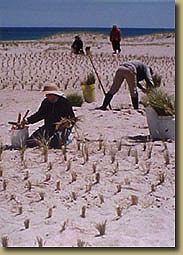 Many
everyday human activities can damage the sand dunes. People who live and
work on Sable must always act with care and understanding. Many
everyday human activities can damage the sand dunes. People who live and
work on Sable must always act with care and understanding.
Early residents didn't understand
the importance of the vegetation in stabilizing the terrain. Agricultural
practices, construction, wagons, and human traffic all contributed to
major erosion sites. In recent years, attempts have been made to repair
this damage.
Old Christmas trees make the
best windbreaks to trap sand. Hundreds of them were carried to the island.
Three stages in a successful restoration
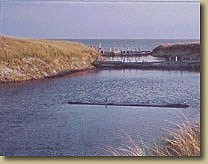
1. A road across this
dune killed the marram. Waves washed sand away and salt water flooded
in. The wooden barriers were the first step in restoration. |
2.
Fences were put up to trap windblown sand, and transplants
of marram held the sand in place.
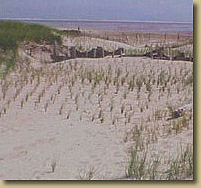
|
3.
Today the marram is healthy and natural processes continue
to build up the dune.
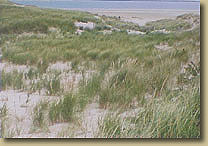
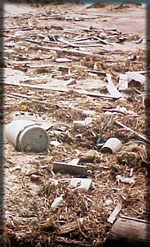 Sable's
location far from shore makes it a sensitive indicator of the health of
the Atlantic Ocean. Persistent litter
washing up on Sable's beaches provides a sample of the visible pollution
afloat in the open sea. Mammals and birds are just the obvious victims. Sable's
location far from shore makes it a sensitive indicator of the health of
the Atlantic Ocean. Persistent litter
washing up on Sable's beaches provides a sample of the visible pollution
afloat in the open sea. Mammals and birds are just the obvious victims.
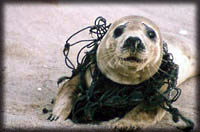
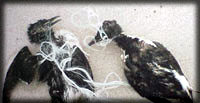
Home
| Nature | History
| Sable Today | Fun
| About | Feedback
| Franšais
|









